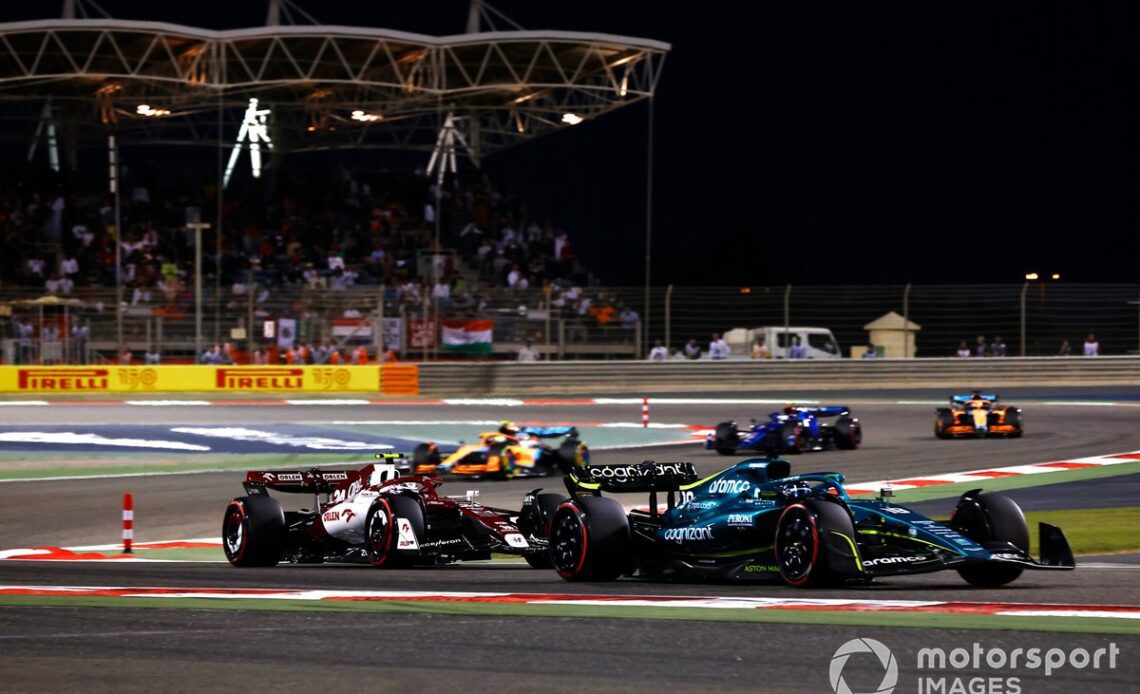For those working in the paddock, it was the first sign of just how many weekends would be spent away from home next year. People joked about the upcoming boom in business for divorce lawyers around Oxfordshire, where most F1 teams are based, and shuddered at the copious amount of time about to be spent on flights through next season.
The number of races is not the surprising bit about the calendar. We knew that would be the case, given the plans to add Qatar and Las Vegas, bring back China and keep both Spa and Monaco. The 24-race limit set by the Concorde Agreement was always going to be hit.
It is the grouping of races that has been the source of frustration for those working in F1. Pairing Baku with Miami while having Montreal a month later; putting Qatar nowhere near the other Middle Eastern races on the calendar; having Austin only a month before Las Vegas, the latter forming a double-header with Abu Dhabi to close out the season. On the face of things, some of it does not make a lot sense, particularly after F1 had stated its intention to try and regroup geographically where possible.
And that’s before we factor in the triple-headers. Remember when the first one happened in 2018, and teams said they never wanted to do it again? And that their return in 2020 was simply out of necessity because of COVID? Well, we’re back to two triples next year: Emilia Romagna/Monaco/Spain, and USA/Mexico/Brazil. Five races in six weeks to round out the season may be exciting for fans, but it will stretch the paddock to its limit.
The reasons behind the scheduling
The 2023 calendar has not been straightforward for F1 to put together. Some of the early-season scheduling depended on South Africa, which will now have to wait until 2024 at the earliest before getting a race, with its absence having a knock-on effect elsewhere. China had also been moved around as F1 evaluated plans with or without South Africa, the early slot now meaning there should be clarity on the viability of a return to Shanghai sooner rather than later.
Splitting up Bahrain and Saudi Arabia at the start of the year may seem strange given their proximity, but there is some logic behind that. With testing set to take place in Bahrain one week before the season opener, pairing the first two races would have created, in effect, another triple-header. The gap at least gives teams and personnel the chance to go home after the stint in Bahrain.
Splitting the Bahrain opener…
Click Here to Read the Full Original Article at Motorsport.com – Formula 1 – Stories…

